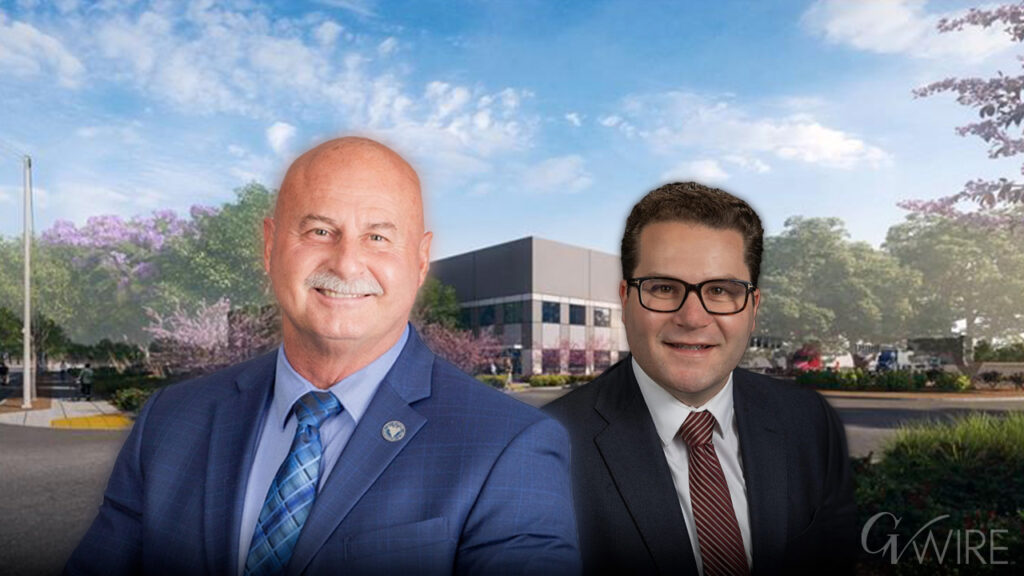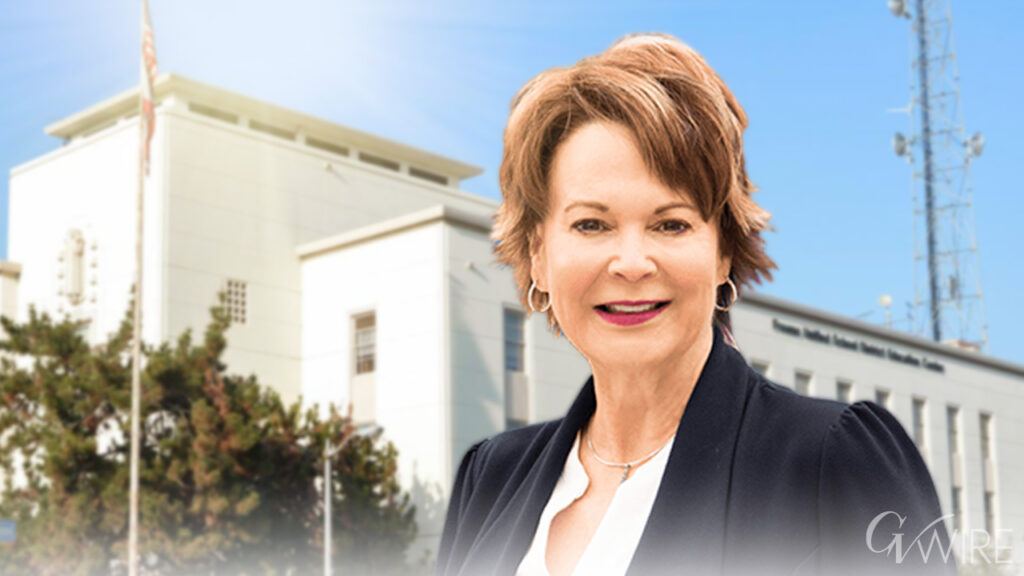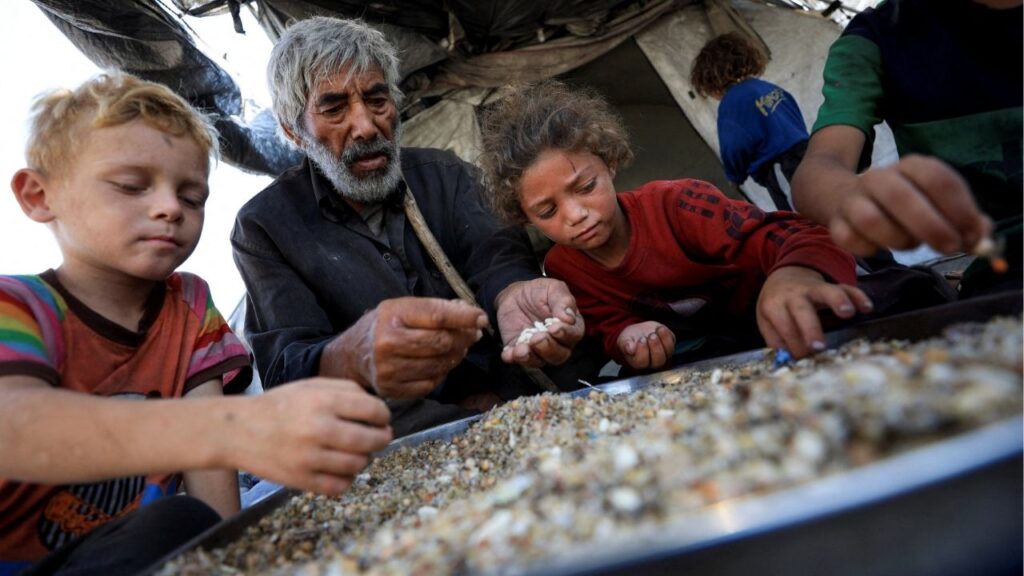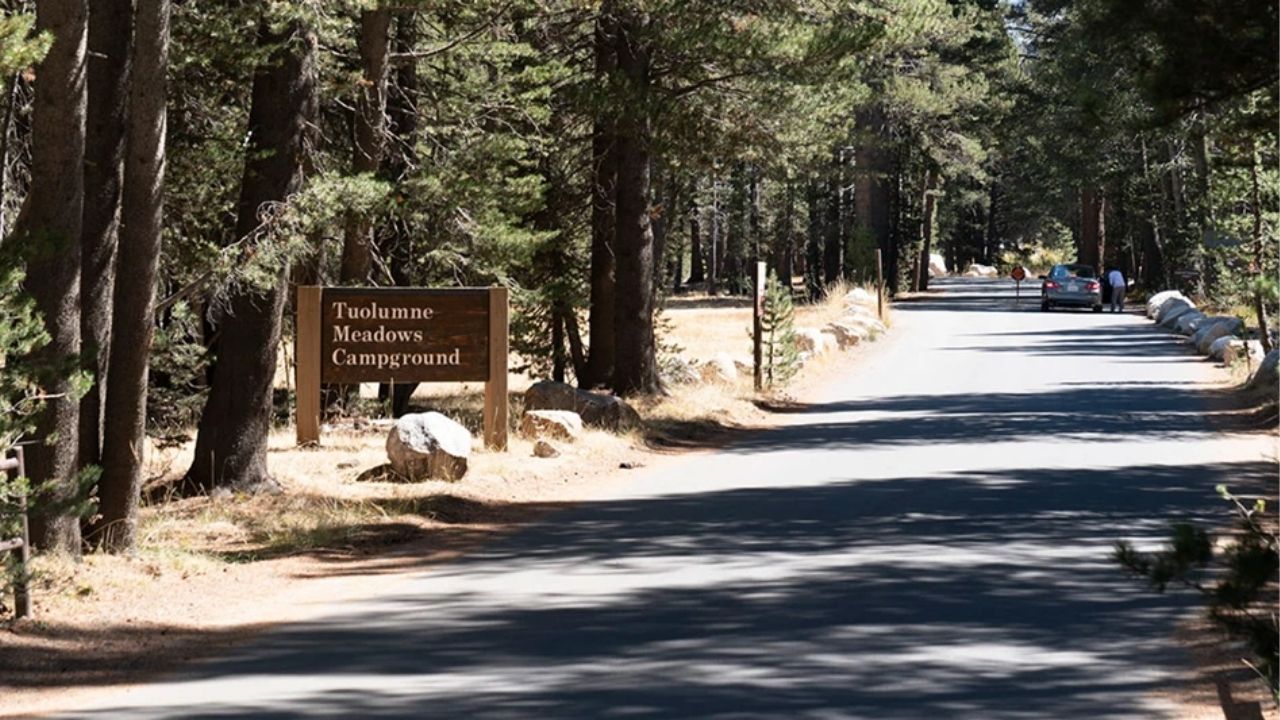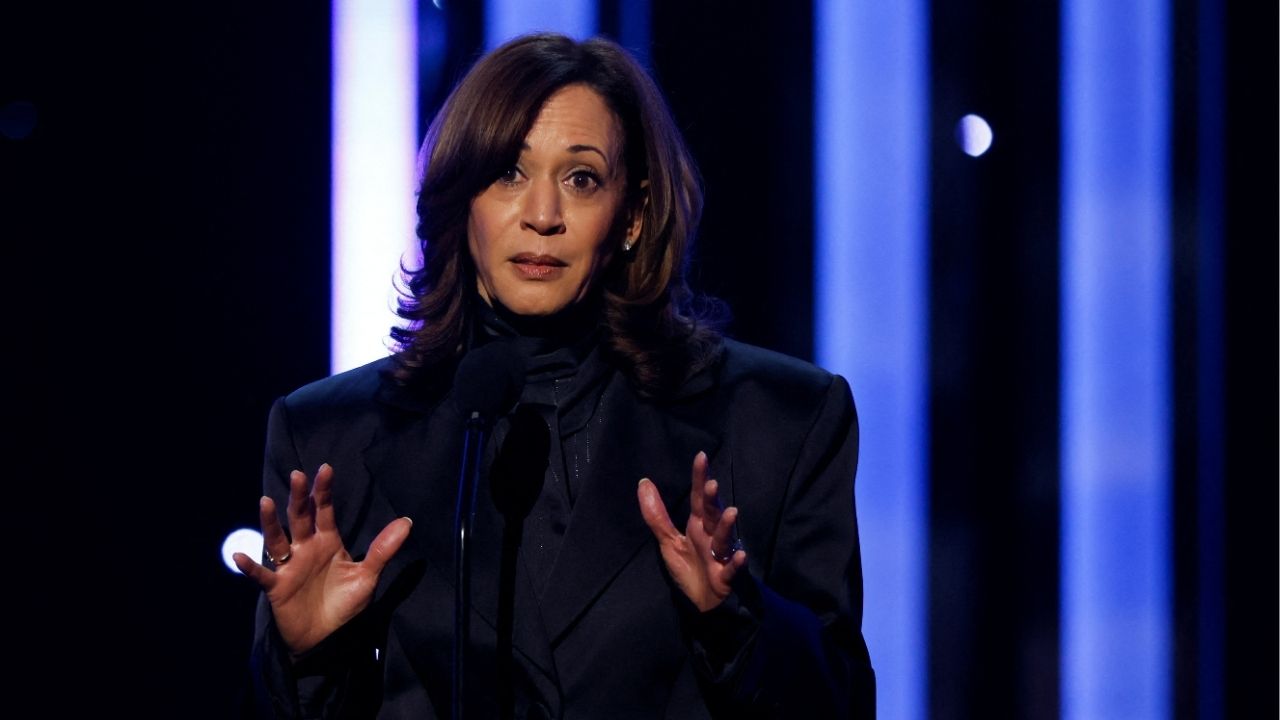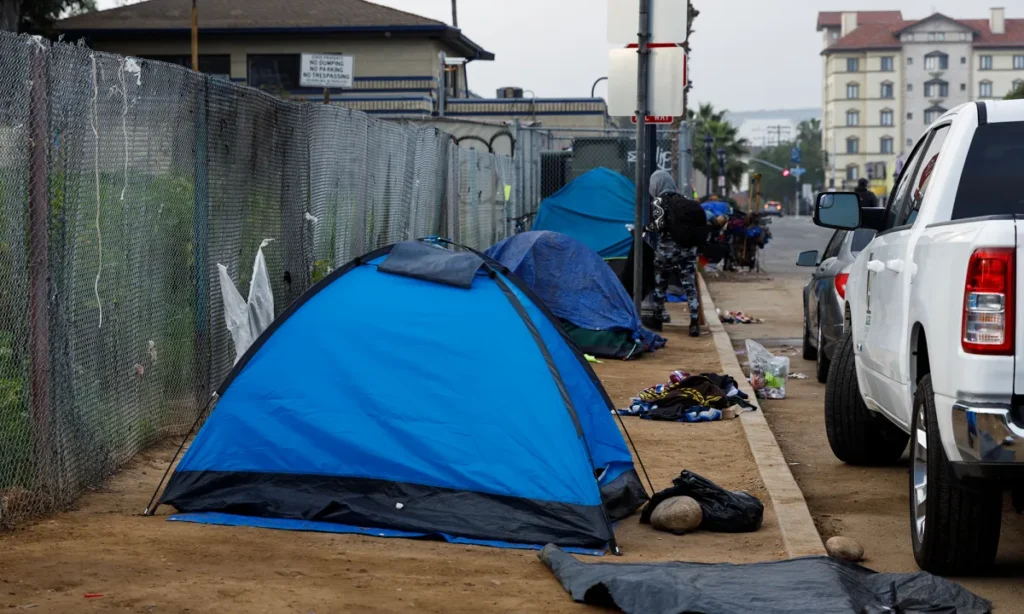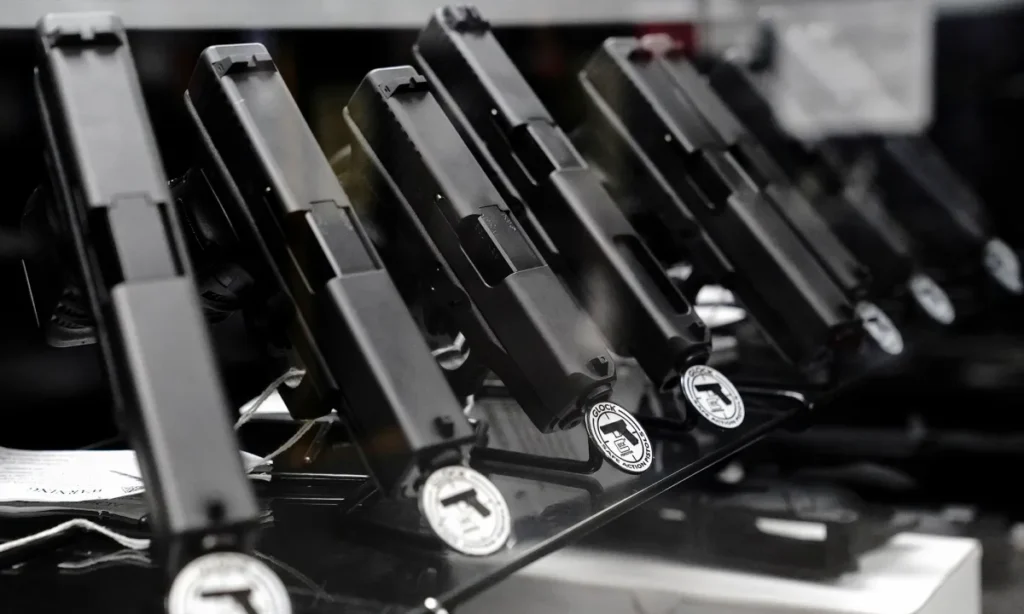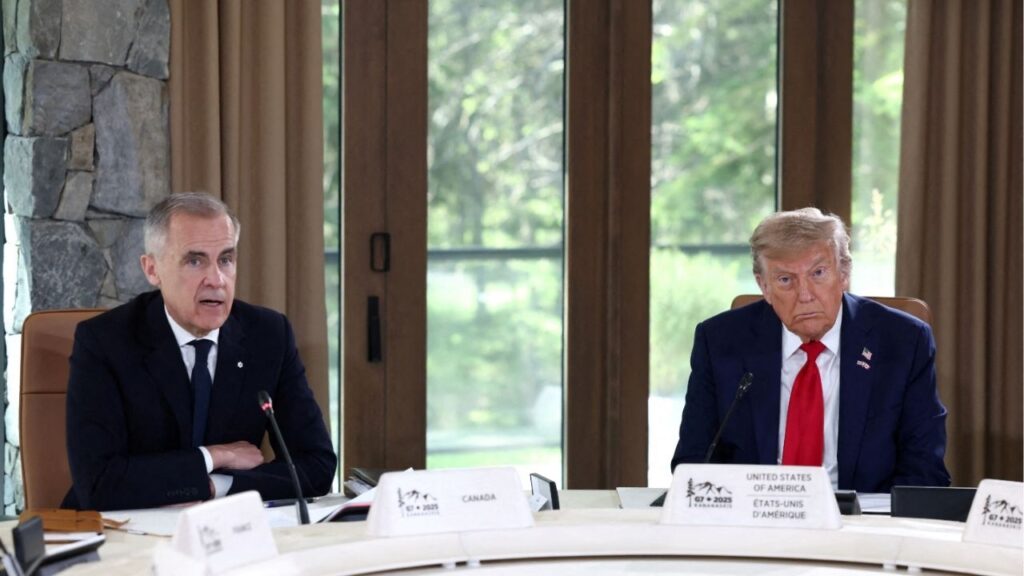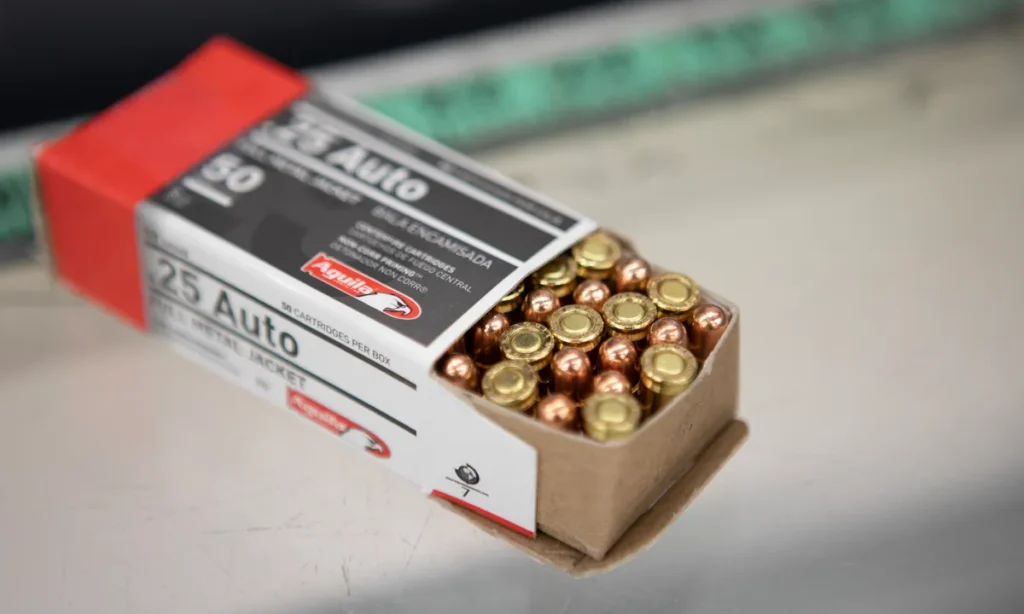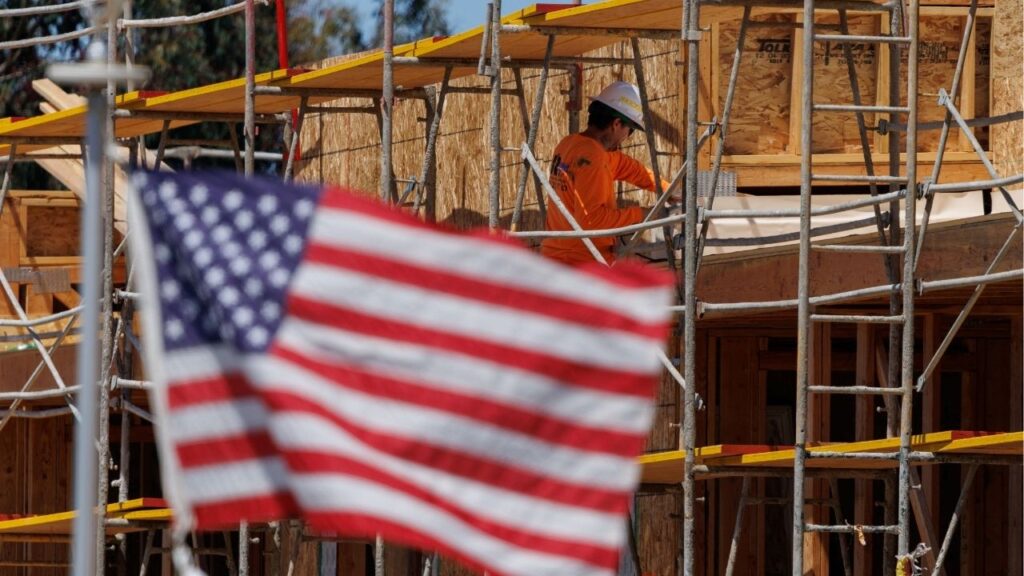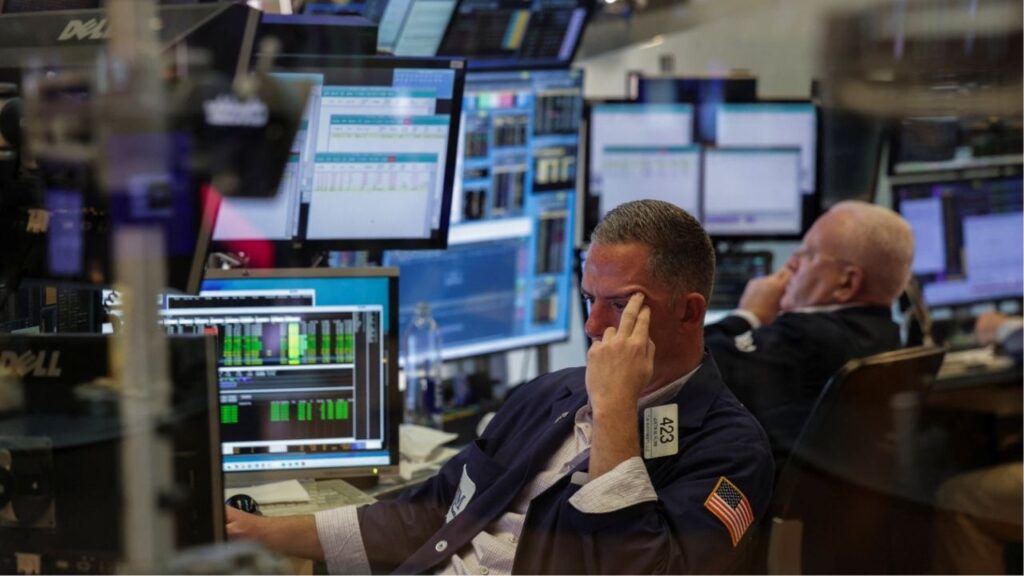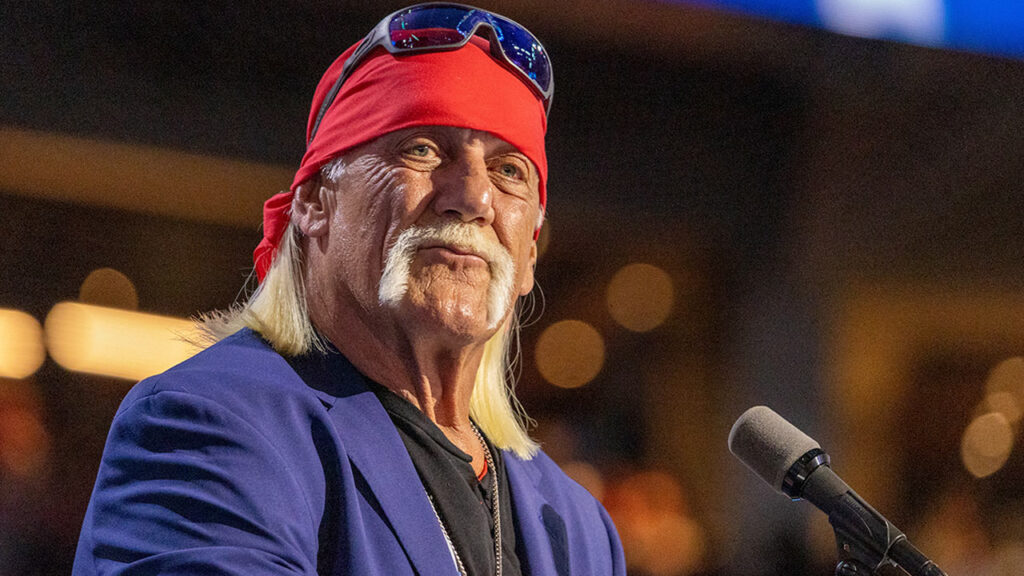[location-weather id="102511"]
Trending
Fresno County Finds E. Coli at Avocado Lake. Don’t Swim There
High levels of E. coli detected at Avocado Lake Swim Beach prompted health experts to advise against swimming at the east Fresno County lake...
Latest /
36 minutes ago
Corporation for Public Broadcasting to Close After Funding Cut, in Blow to Local Media
News /
2 hours ago
Play Video
Latest
Videos

Latest /
36 minutes ago
Fresno County Finds E. Coli at Avocado Lake. Don’t Swim There

U.S. /
45 minutes ago
Trump Fires US Labor Department’s Statistical Leader After Weaker Than Expected Jobs Report

News /
2 hours ago
Corporation for Public Broadcasting to Close After Funding Cut, in Blow to Local Media
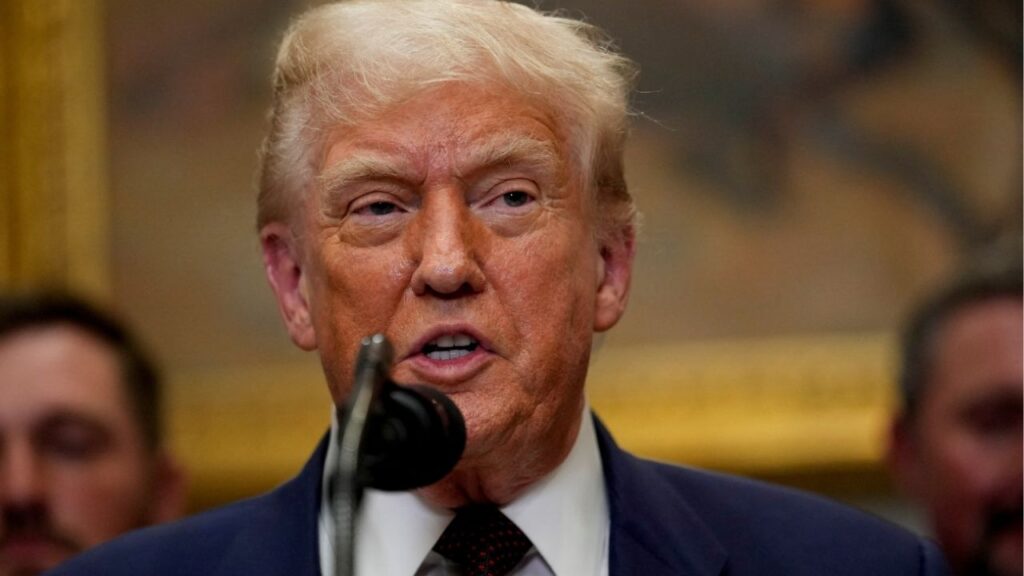
World /
2 hours ago
Trump Eyes Bringing Azerbaijan, Central Asian Nations Into Abraham Accords, Sources Say
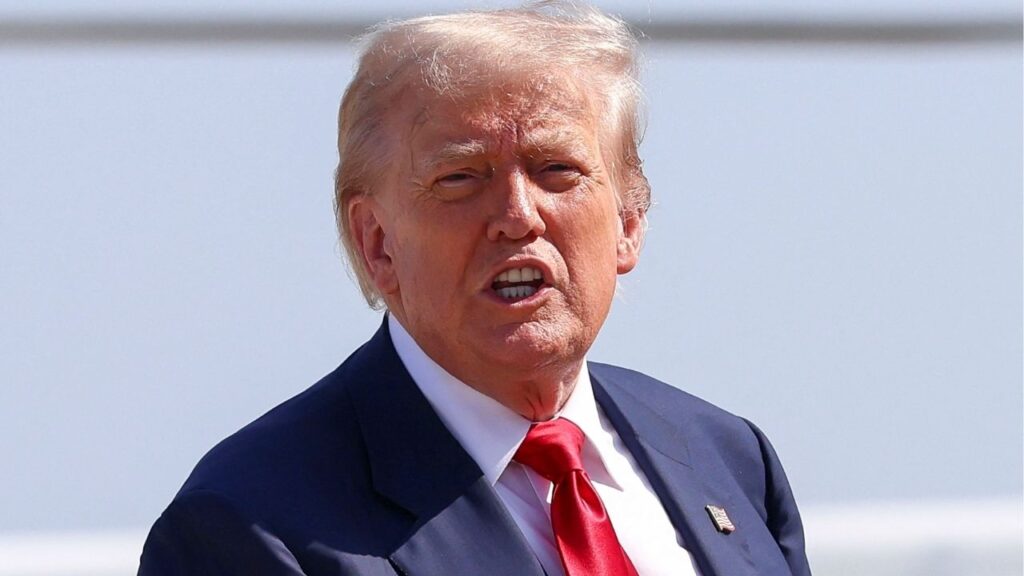
World /
2 hours ago
Trump Orders Nuclear Submarines Moved Near Russia

Latest /
3 hours ago
Ghislaine Maxwell Moved From Florida Prison to Lower-Security Facility
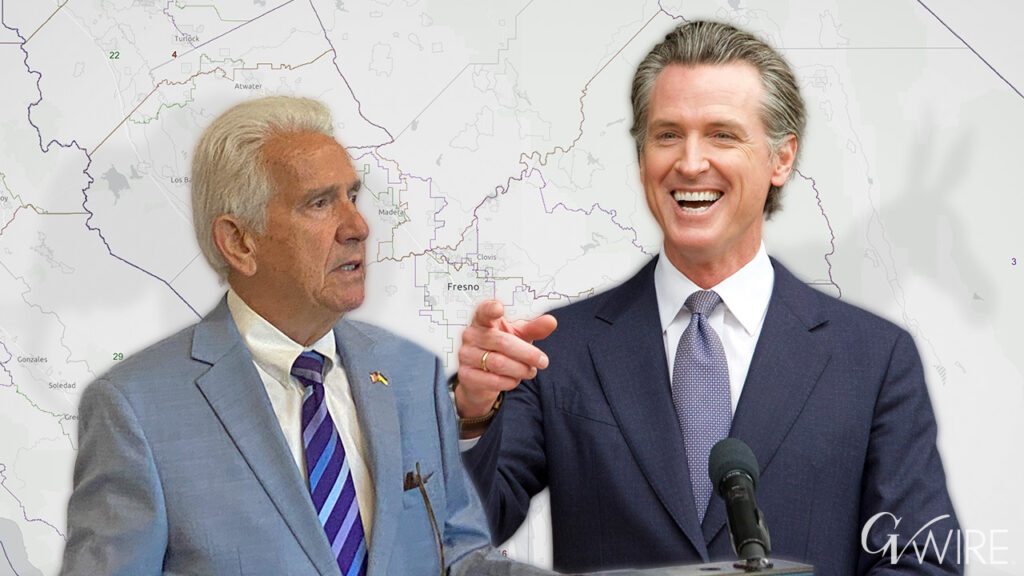
Politics /
1 day ago
If Texas Gerrymanders Its House Districts, Costa Says California Must Follow Suit
Central Valley
Featured
Latest /
36 minutes ago
Fresno County Finds E. Coli at Avocado Lake. Don’t Swim There
High levels of E. coli detected at Avocado Lake Swim Beach prompted health experts to advise against swimming at the east Fresno County lake...

Crime /
4 hours ago
Valley Crime Stoppers’ Most Wanted Person of the Day: Scott Oscar Whitehead
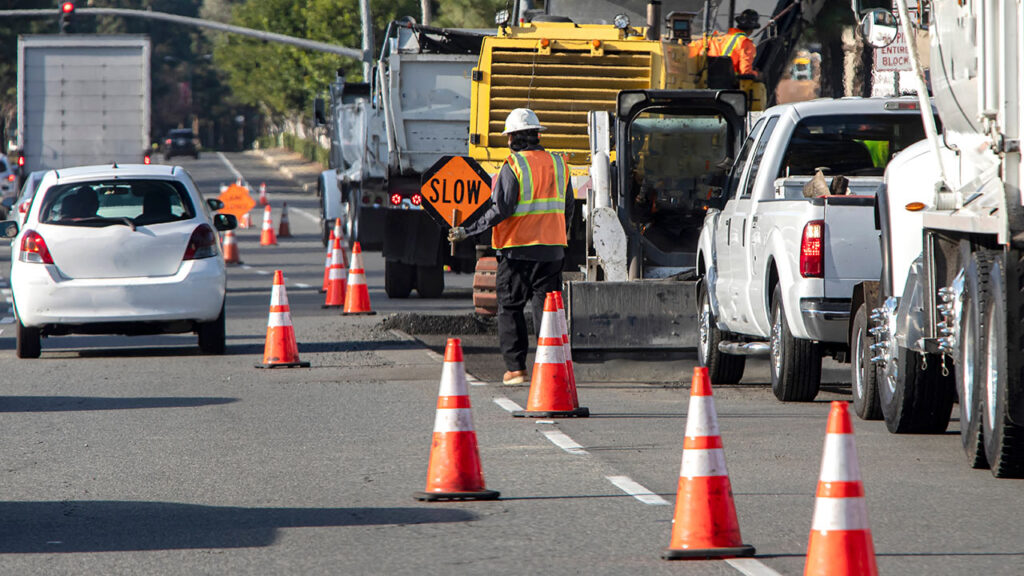
Local /
5 hours ago
Visalia Road Project to Temporarily Shut Down Part of Caldwell Avenue
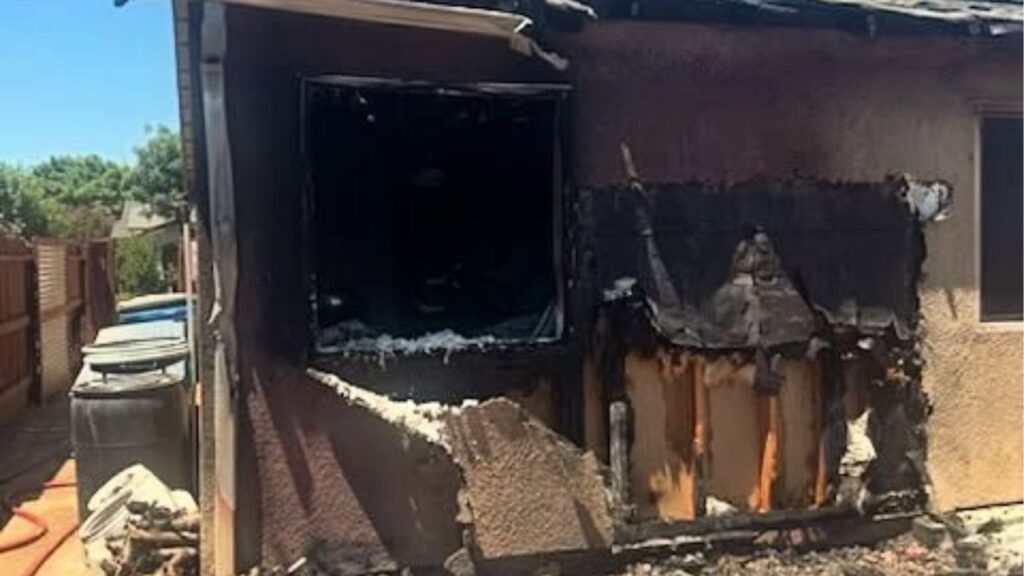
Local /
22 hours ago
Fresno Fire Displaces Family of Three, Pets Rescued

Animals /
23 hours ago
Adopt Eevee and She’ll Bring Sunshine Into Your Life
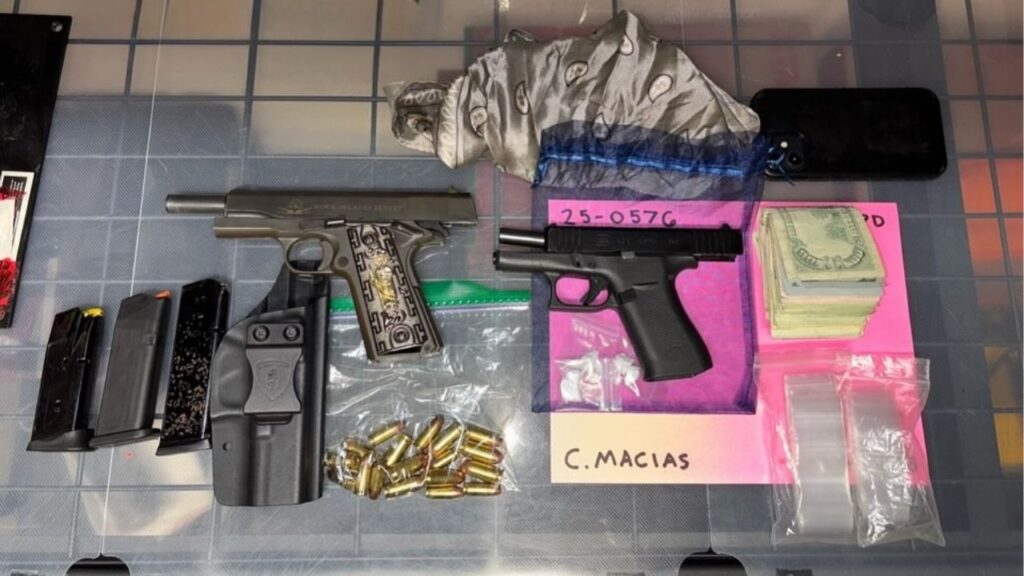
Local /
23 hours ago
Fresno County Authorities Arrest Suspect, Recover Firearms and Drugs in Fowler
Videos
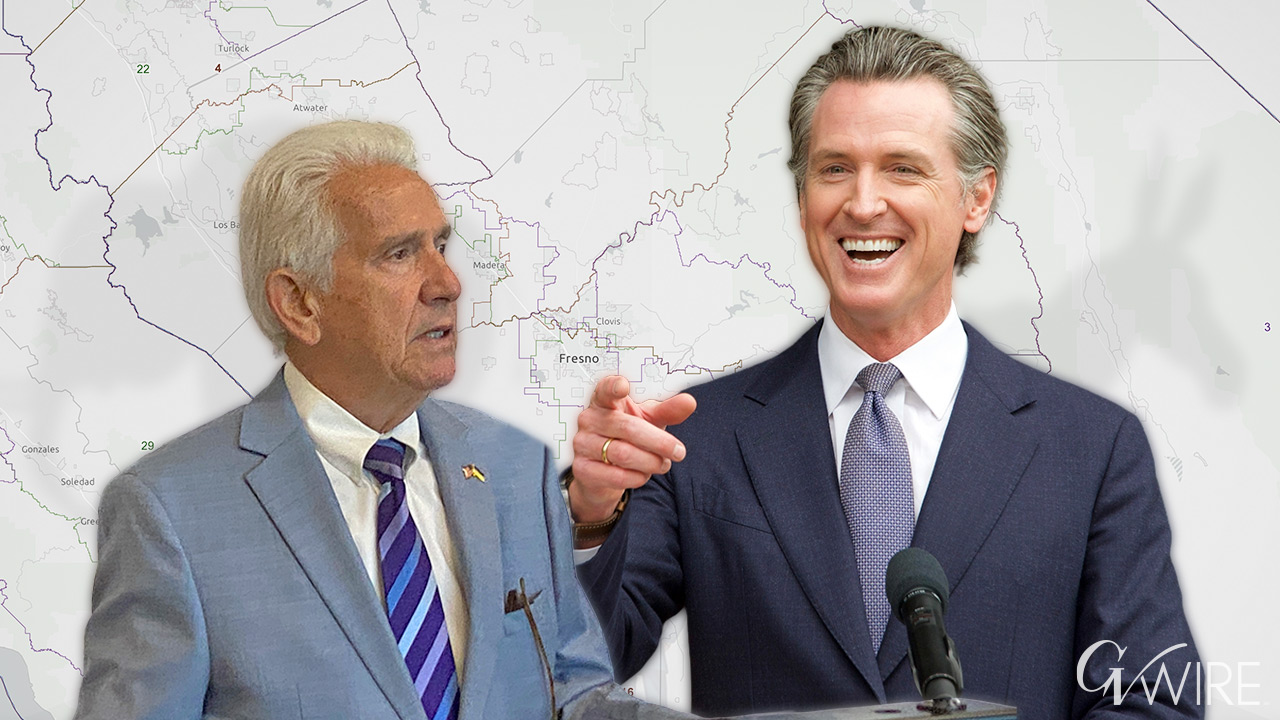
Politics /
1 day ago
If Texas Gerrymanders Its House Districts, Costa Says California Must Follow Suit
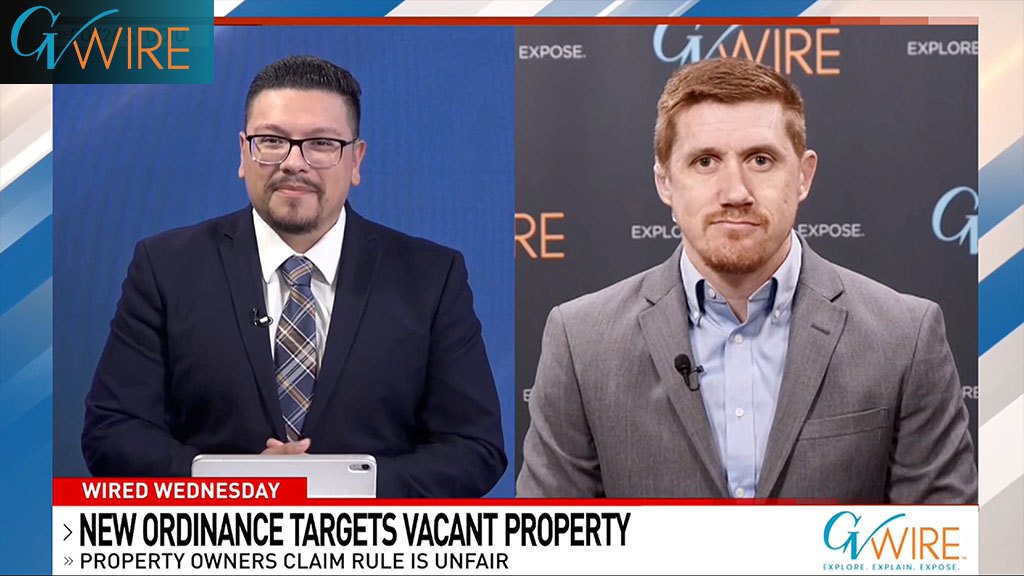
Video /
2 days ago
Wired Wednesday: New Fresno Ordinance Targets Vacant Blighted Properties

Video /
4 days ago
Trump Says Many Are Starving in Gaza, Vows to Set up Food Centers
Education
Commentary
Commentary
Featured
Opinion /
1 day ago
The Trump Presidency Takes a Better Turn
Egads! After a disastrous first 100 days, Donald Trump is starting to have a much more successful presidency. This is not what we, his foam-...
Sports
showcase
No data was found

Sports /
3 days ago
Scottie Scheffler vs. Everybody: Open Champion Makes His Case Among the Greats

Sports /
3 days ago
More Than 100 NFL Players and Club Employees Face Fines for Selling Super Bowl Tickets

Sports /
4 days ago
Venezuelan Little League Team Denied Entry to US Over Travel Ban
Around the state

U.S. /
3 days ago
California Under Tsunami Advisory After Magnitude 8.7 Earthquake

Housing /
3 days ago
What’s Behind California’s Frozen Housing Market?
Global View
Trump Eyes Bringing Azerbaijan, Central Asian Nations Into Abraham Accords, Sources Say
World /
2 hours ago
Trump Orders Nuclear Submarines Moved Near Russia
World /
2 hours ago
Trump Escalates Trade War With Canada Following Palestine Stance
World /
3 hours ago
Global Shares in Red After US Jobs Data, Trump’s Tariff Salvo
World /
5 hours ago
US Envoy Witkoff Visits Aid Operation in Gaza Rejected by UN as Unsafe
World /
5 hours ago
Trump Sets 10% to 41% ‘Reciprocal’ Tariffs on Dozens of Countries’ Exports
World /
20 hours ago
Trump’s Envoy Meets Netanyahu for Gaza Aid, Ceasefire Push
World /
24 hours ago
US Senate Committee Backs $1 Billion for Ukraine in Pentagon Spending Bill
World /
1 day ago
Trump Says Mexico Trade Deal Extended for 90 Days
Politics /
1 day ago
MORE NEWS
Entertainment

News /
2 hours ago
Corporation for Public Broadcasting to Close After Funding Cut, in Blow to Local Media
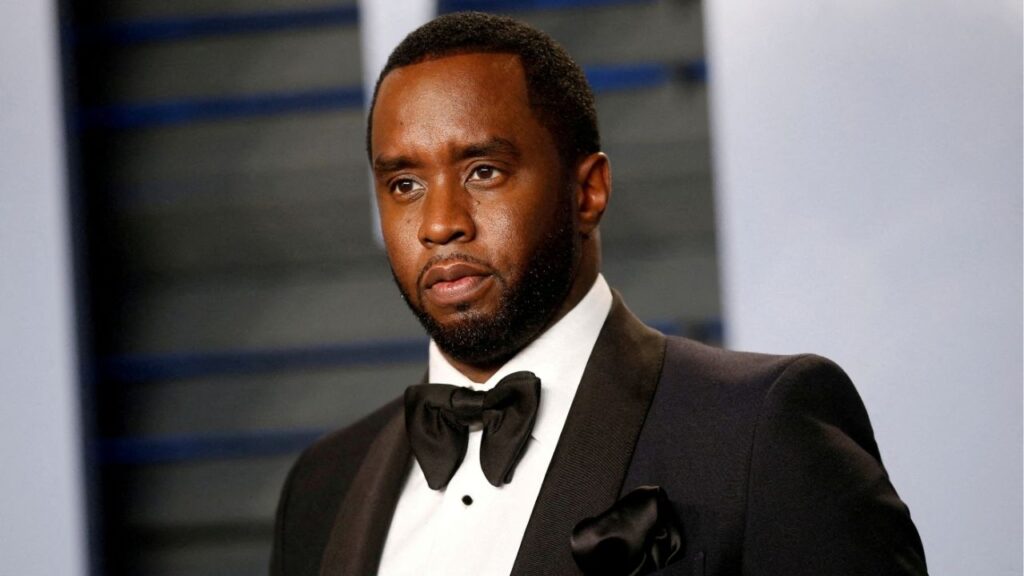
Courts /
3 days ago
Sean ‘Diddy’ Combs Seeks Release on $50-Million Bond Ahead of Sentencing
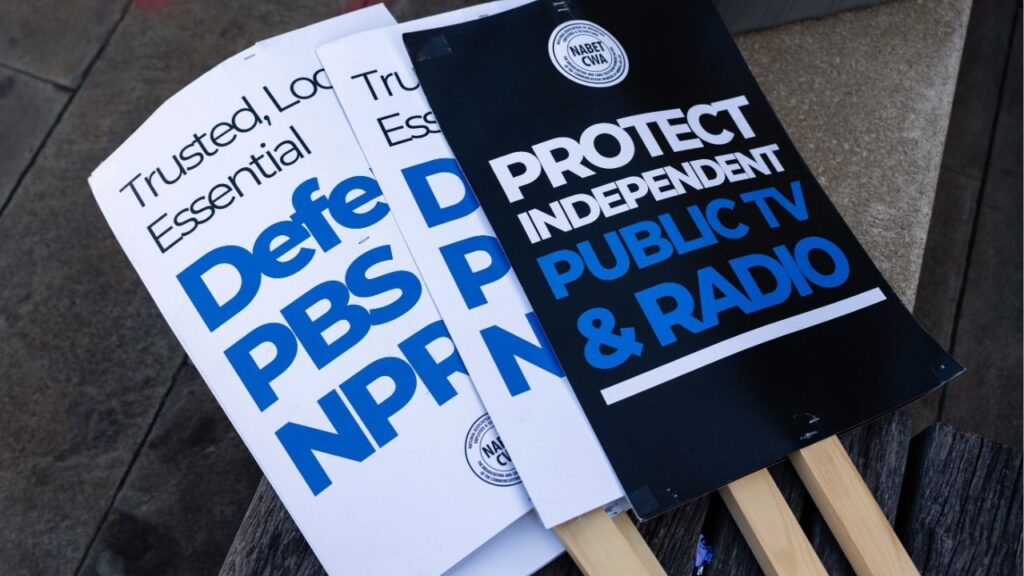
Opinion /
7 days ago
PBS Has a Future by Leaving the Past Behind: Opinion

Local /
1 week ago







